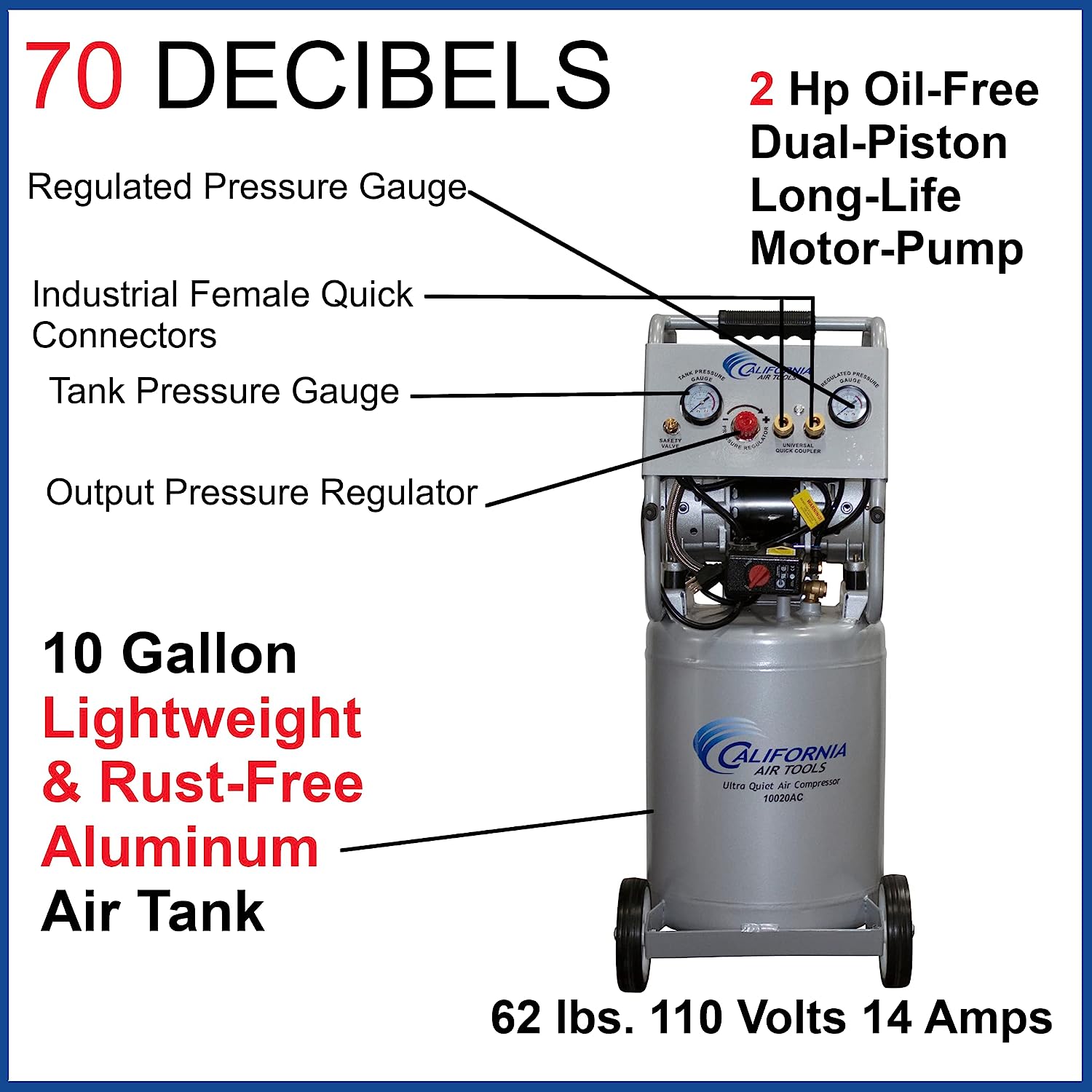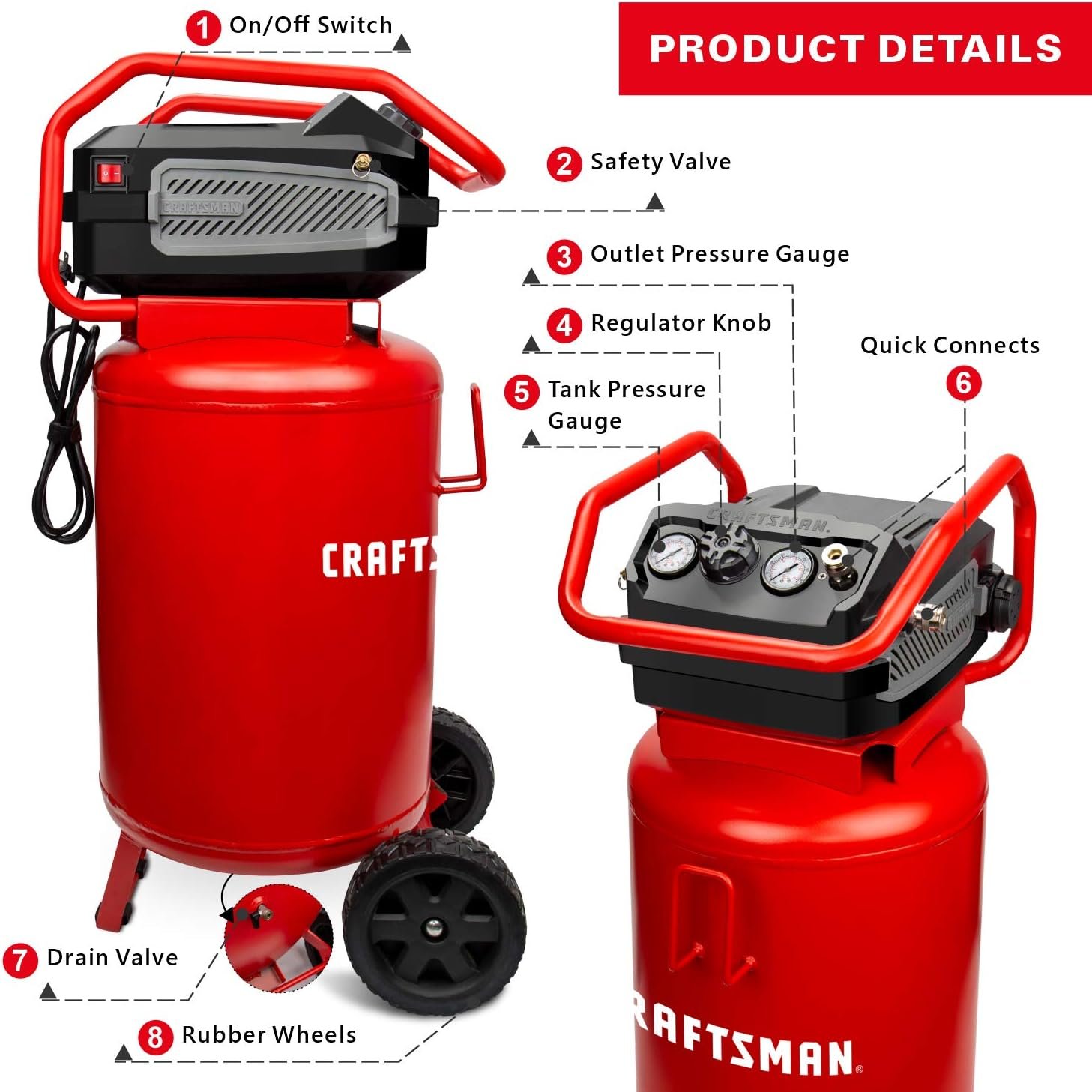Are you in the market for an air compressor but feeling a little overwhelmed by all the different options available? Well, fear not! In this article, we’ll break down the differences between single-stage and two-stage air compressors, helping you make an informed decision that suits your needs. So, let’s get started and gain a better understanding of these variations and which one might be the right fit for you.
What is the difference between single-stage and two-stage air compressors?
Overview of air compressors
Air compressors are mechanical devices that convert power into potential energy stored in compressed air. They are commonly used in a wide range of industries for various applications, from powering pneumatic tools to supplying clean air for manufacturing processes.
Understanding single-stage air compressors
A single-stage air compressor, as the name suggests, uses a single piston to compress the air. The piston draws air into the cylinder on the downward stroke and compresses it on the upward stroke. The compressed air is then stored in a tank for later use. Single-stage air compressors are typically used for smaller applications where lower pressure ratios are sufficient.
Understanding two-stage air compressors
Two-stage air compressors differ from single-stage compressors in that they have two pistons or stages of compression. The first stage compresses the air to an intermediate pressure and then feeds it to the second stage, where further compression takes place. This two-stage compression process allows for higher pressure ratios, making two-stage compressors suitable for applications that require higher pressures.
Performance comparison
When it comes to performance, two-stage air compressors have several advantages over their single-stage counterparts. The two-stage compression process allows for higher efficiency, cooler operation, and greater air output. This results in increased productivity and reduced energy consumption. Single-stage compressors, on the other hand, may struggle to deliver sufficient air at higher pressures, limiting their performance in certain applications.
Pressure ratio
The pressure ratio refers to the ratio between the outlet pressure and the inlet pressure of an air compressor. In single-stage compressors, the pressure ratio is limited due to the nature of the single piston or stage of compression. As a result, they are better suited for applications that require lower pressure levels. Two-stage compressors, with their dual-stage compression process, can achieve higher pressure ratios, making them more suitable for applications that demand greater pressure output.
Compression efficiency
Compression efficiency is a measure of how efficiently an air compressor compresses air. Two-stage compressors generally have higher compression efficiency compared to single-stage compressors. This is because the two-stage process allows for better heat dissipation, resulting in cooler operation and reduced energy losses. The higher compression efficiency of two-stage compressors translates into improved performance and reduced operating costs.
Applications of single-stage air compressors
Single-stage air compressors are commonly used for smaller applications that do not require high pressure levels. These may include home use, small workshops, and DIY projects. They are also suitable for applications such as inflating tires, blowing out dust, and powering lightweight pneumatic tools like nail guns and staplers.
Applications of two-stage air compressors
Two-stage air compressors are preferred for applications that require higher pressure levels. Industries such as automotive, manufacturing, and construction often rely on two-stage compressors for powering heavy-duty pneumatic tools, powering machinery, and supplying compressed air to manufacturing processes. They are also commonly used in large-scale commercial operations where consistent and reliable compressed air supply is essential.
Factors to consider when choosing between single-stage and two-stage air compressors
When deciding between a single-stage and a two-stage air compressor, several factors need to be considered. First, the required pressure levels for the intended application must be determined. If higher pressures are needed, a two-stage compressor would be the better choice. The volume of compressed air required and the duty cycle of the compressor should also be taken into account. Additionally, budget, energy efficiency, and long-term maintenance costs should be considered when making a decision.
Maintenance and cost considerations
Maintenance requirements and costs can vary between single-stage and two-stage air compressors. Generally, single-stage compressors have simpler designs and fewer components, making them easier and less expensive to maintain. However, they may need to be replaced more frequently in demanding industrial environments. Two-stage compressors have more complex designs, but their components often last longer and may require less frequent replacement. It is important to consider both short-term and long-term maintenance costs when evaluating the overall cost of ownership for different compressor options.
In conclusion, the choice between a single-stage and a two-stage air compressor depends on the specific requirements of the application. Single-stage compressors are suitable for smaller-scale applications that require lower pressure levels, while two-stage compressors excel in applications that demand higher pressures. Factors such as pressure ratio, compression efficiency, application requirements, and maintenance costs should be carefully considered when selecting the right air compressor for your needs.
Joey has over 15 years of experience in the air compressor industry. As a senior test manager at Pneumatic Performance Labs, he oversees all testing and evaluation of air compressors. Known for his technical expertise and leadership, Joey has built a strong team of engineers who provide trusted third-party testing capabilities to air compressor companies nationwide.










